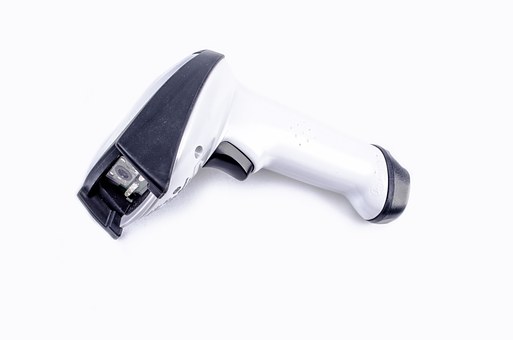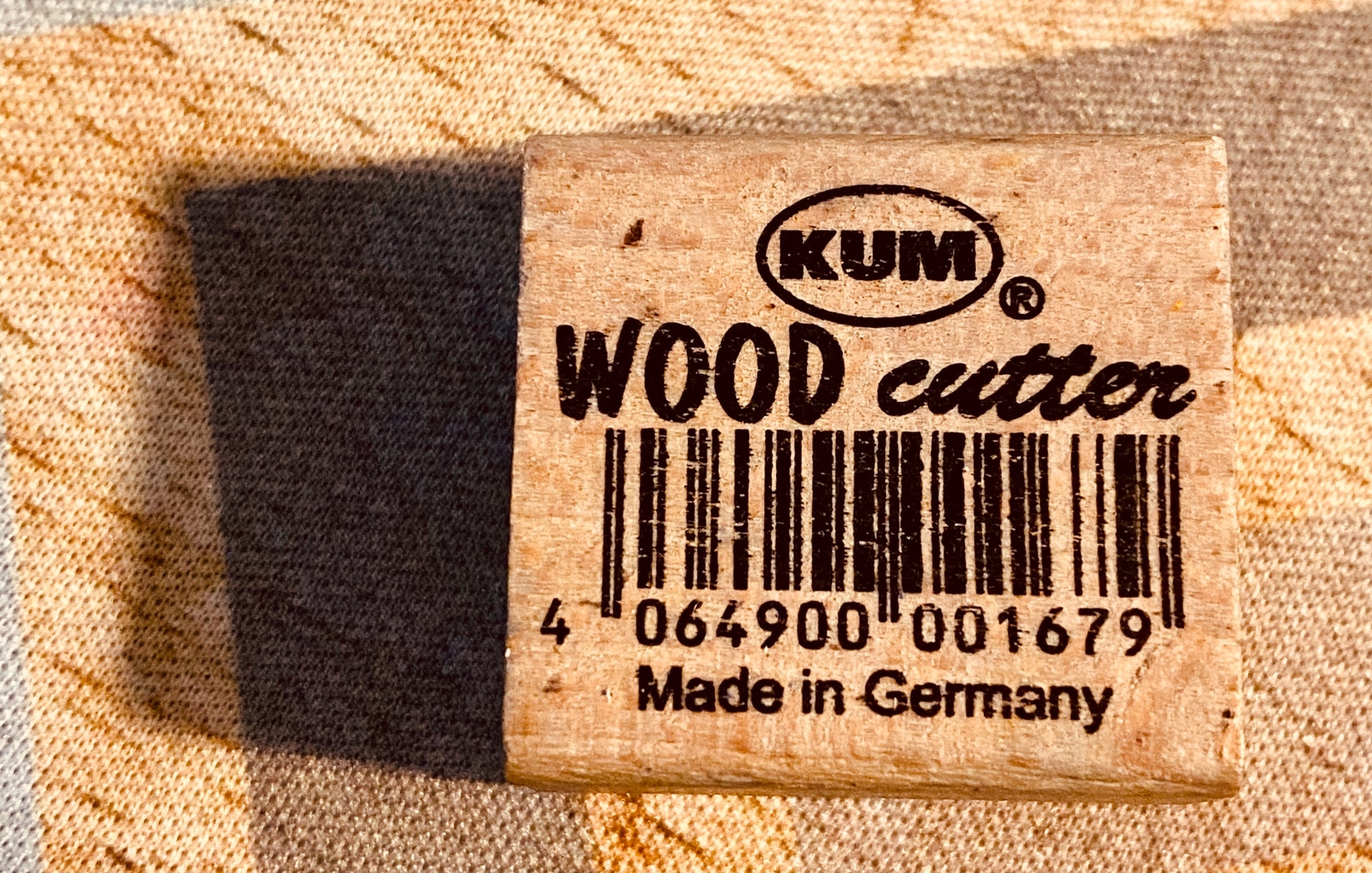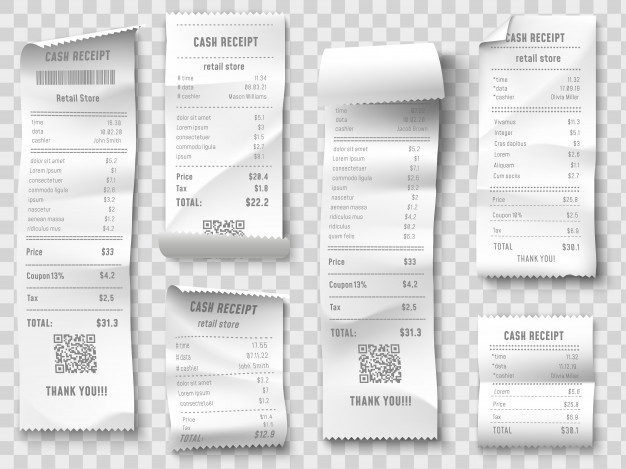By definition, a barcode is a graphic representation of uniquely designed code or identification keys. They consist of parallel lines and varying widths added to anything that a machine can read. In the same vein, a barcode scanner decodes/interprets a barcode. This scanner comes in various design styles and performs the same functions. Like every other technology, barcodes have different types, shapes, and sizes. One of the most common types is the QR code. The QR code is a type of barcode that takes information from a transitory media to your mobile phone. Another popular type of barcode is the UPC (Universal Product Code), made up of 12-digit numbers. The first six numbers are the manufacturer identification number. The next five numbers represent the item identification number while the last number is “Check digit” — it checks if the barcode is scanned correctly. Most top superstore products have this symbol. You can identify the barcode symbol with its black bars on a white background. Although uncommon, other color combinations are used provided that it is characterized by a light-colored background and single line color. The pattern of black and white lines contains all the stored information.
Uses of Barcode
Everywhere in the world, supply chain businesses, and service providers use this technology. It carries all the information about an item like manufacture date, expiry date, and origin. Also, it is a tracking system that helps with inventory management, price check, and product identification. That way, the risk of human error during the buying and selling process reduces. Shopping is faster and the overall checkout processes better. Alongside this, it helps to keep a tab of items in stock and items that need to be re-stocked. Furthermore, service sectors like supplies, procurement, health care providers, and financial institutions use it to keep track of services rendered. The service receipts carry the symbol which has information about the service provided. In addition, you’ll find barcodes on mail packages to tracks delivery services. Some social media apps use this technology to identify users just like a username.
How Barcodes Work
To illustrate, when you visit a store, you will notice a barcode symbol behind each item packet. At the checkout point, each product goes through a scanner. After that, the (programmed) item cost is displayed and you proceed to make payment. Basically, it encloses all information about your purchase in a way that the service providers can also keep track of the business transactions. Simple and easy. If you want to put a barcode on an item, it is best to monitor the process. This is to ensure the package layer does not cover the symbol and get damaged. Once it does, the barcode will become unreadable and ineffective. If you’ve got any Barcode-related questions, do well to drop them in the comments section below.





